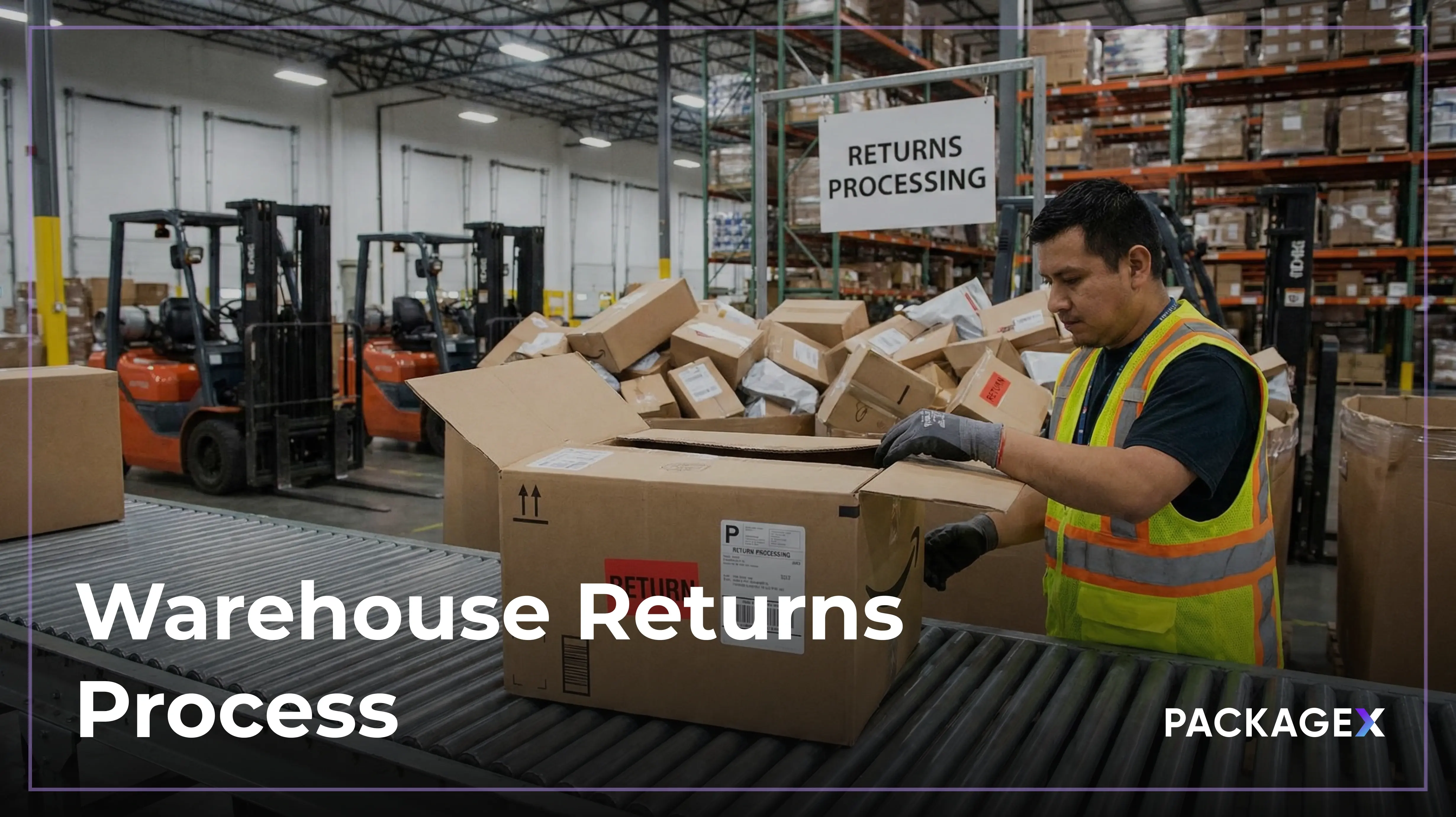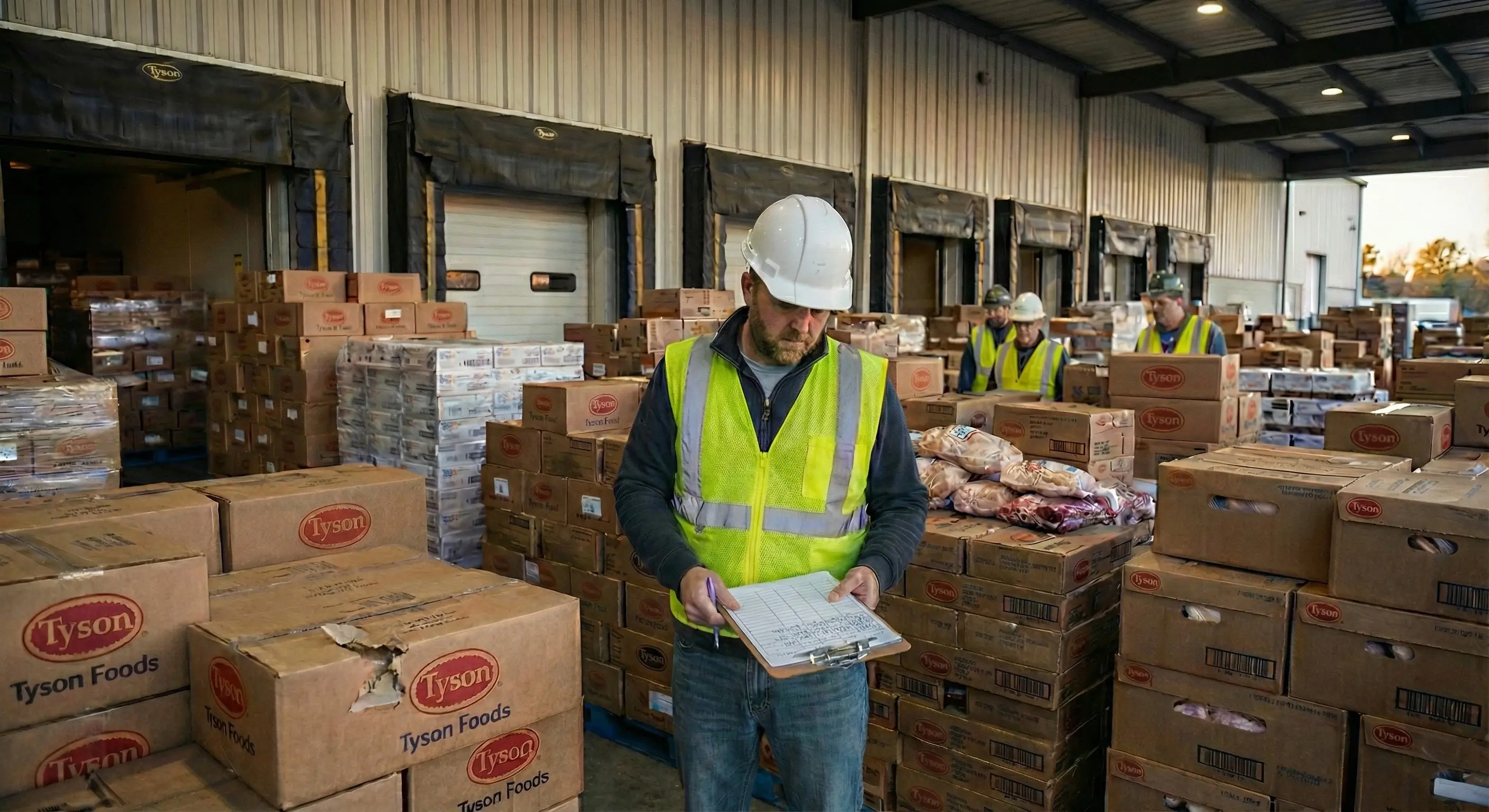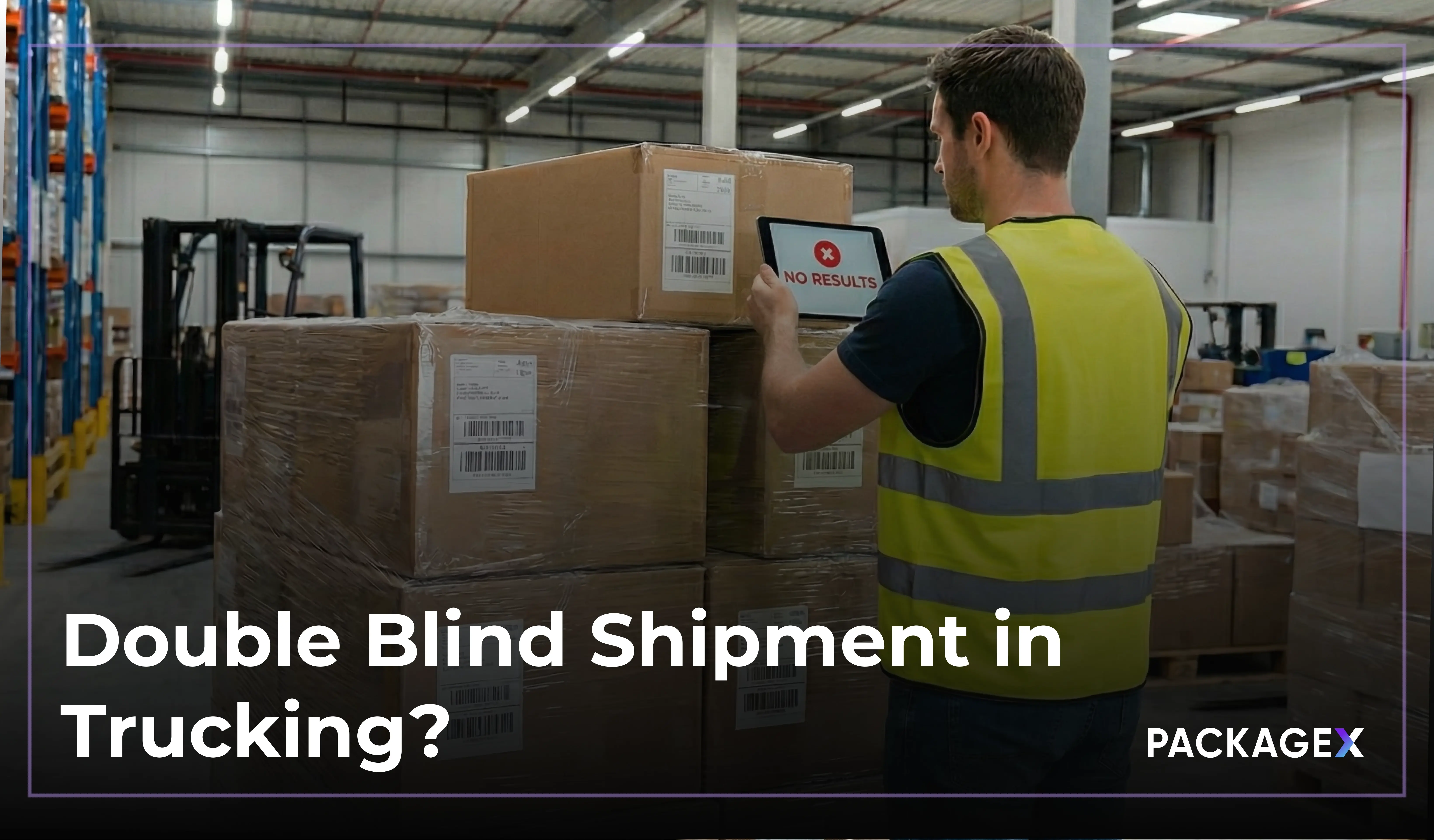In healthcare, where every second matters and accuracy is non-negotiable, healthcare logistics services are critical but often lag behind. Many hospital supply chains still rely on outdated processes, buried in paperwork, prone to error, and difficult to scale.
One major healthcare system recognized that its manual inbound receiving and healthcare inventory management workflows were holding it back. Amid ERP transitions, rising demand, and a pressing need for traceability of medical supplies, inefficiencies became impossible to ignore.
This case highlights the growing importance of inventory management in healthcare, especially as supply chains face increasing pressure and digital tools become essential.
The Problem
This hospital group was experiencing several operational and strategic breakdowns typical of legacy healthcare inventory management systems:
Manual Data Entry Overload
Receiving staff were overwhelmed by paper-based workflows, which required them to manually enter PO details, serial numbers, and lot information, resulting in processing delays, human error, and increased risks in healthcare inventory management.
ERP Integration Gaps
With a new ERP integration being phased in, existing tools didn’t communicate, stalling real-time inventory updates and creating fragmented views of supply status.
No Visibility for Surgical Supplies
Tracking medical implants and surgical consumables was inconsistent. There was no standard process for capturing expiration dates, lot codes, or serial numbers, all of which are critical for patient safety and recall readiness.
Slow Reconciliation & Vendor Payments
The “bill-only” model for surgical devices created reconciliation bottlenecks, making it harder to validate deliveries and process payments on time.
Limited IT Bandwidth
With tight budgets and competing priorities, IT teams couldn’t take on another middleware project. The organization needed a low-lift, scalable solution that could also function like a digital mailroom for healthcare, improving package tracking and documentation.
The Solution: Vision-Driven Healthcare Inventory Management
PackageX introduced a modern, vision-powered platform that redefines healthcare inventory management through automation and scalability, eliminating the need for fixed infrastructure or complex software rollouts.
Mobile Scanning App
Any smart device becomes a scanner. Staff can capture package images, read shipping labels, and instantly log package data, eliminating manual entry and accelerating inbound package management.
OCR Built for Healthcare
Using Optical Character Recognition (OCR), the system extracts PO numbers, item details, serial numbers, expiration dates, and lot codes directly from labels and documents, eliminating the need for templates or manual input.
Real-Time ERP Integration
Captured data is automatically integrated into the ERP, enabling real-time inventory updates and enhanced visibility. This turns previously siloed healthcare logistics services into synchronized, intelligent workflows.
Automated Exception Management
Mismatch alerts, missing data, and duplicate detection are handled automatically. This ensures teams can proactively manage issues and stay compliant.
Bill-Only Workflow Automation
With PackageX’s no-code automation, the hospital digitizes reconciliation of bill-only items, speeding up vendor payments and reducing AP overhead.
Pilot-First Rollout
Starting with one location after the ERP upgrade, the organization adopted a scalable pilot to validate ROI before expanding it across the network.
Best Practices for Healthcare Inventory Transformation
Drawing from industry leaders and AI-powered systems, here are the key principles adopted:
- Use mobile-first solutions to enable smart, decentralized scanning.
- Integrate directly with ERPs to eliminate middleware complexities.
- Apply OCR to capture key fields, expiration dates, lot numbers, and serial numbers.
- Automate exception handling and audit trails.
- Start with a single-site pilot to prove value quickly and scale efficiently.
These reflect best-in-class standards for healthcare inventory management systems, aligned with guidance from Medline, Pathstone Partners, and Blaze Tech.
Why It Matters
This transformation is about more than speeding up processes at the loading dock. For healthcare providers, this means real-time visibility, compliance, and efficiency in healthcare logistics services.
- Real-time inventory management and surgical supplies.
- Better traceability of implants and consumables for patient safety.
- Reduced risk of expired or recalled product use.
- Faster reconciliation and vendor payment cycles.
- More time for clinical teams to focus on care, not supply chain workarounds.
By digitizing healthcare inbound package management, this system improved every phase of the inventory lifecycle, from receiving to reconciliation, without burdening IT or disrupting care delivery.
Final Thoughts
As demand grows and resources tighten, forward-thinking healthcare systems must modernize their healthcare logistics services. PackageX’s scan-to-ERP approach exemplifies how mobile automation and intelligent vision tech can reduce errors, boost compliance, and deliver ROI quickly.
The future of healthcare inventory management is scalable, smart, and simple. And it starts with automation that meets hospitals where they are, at the loading dock.




